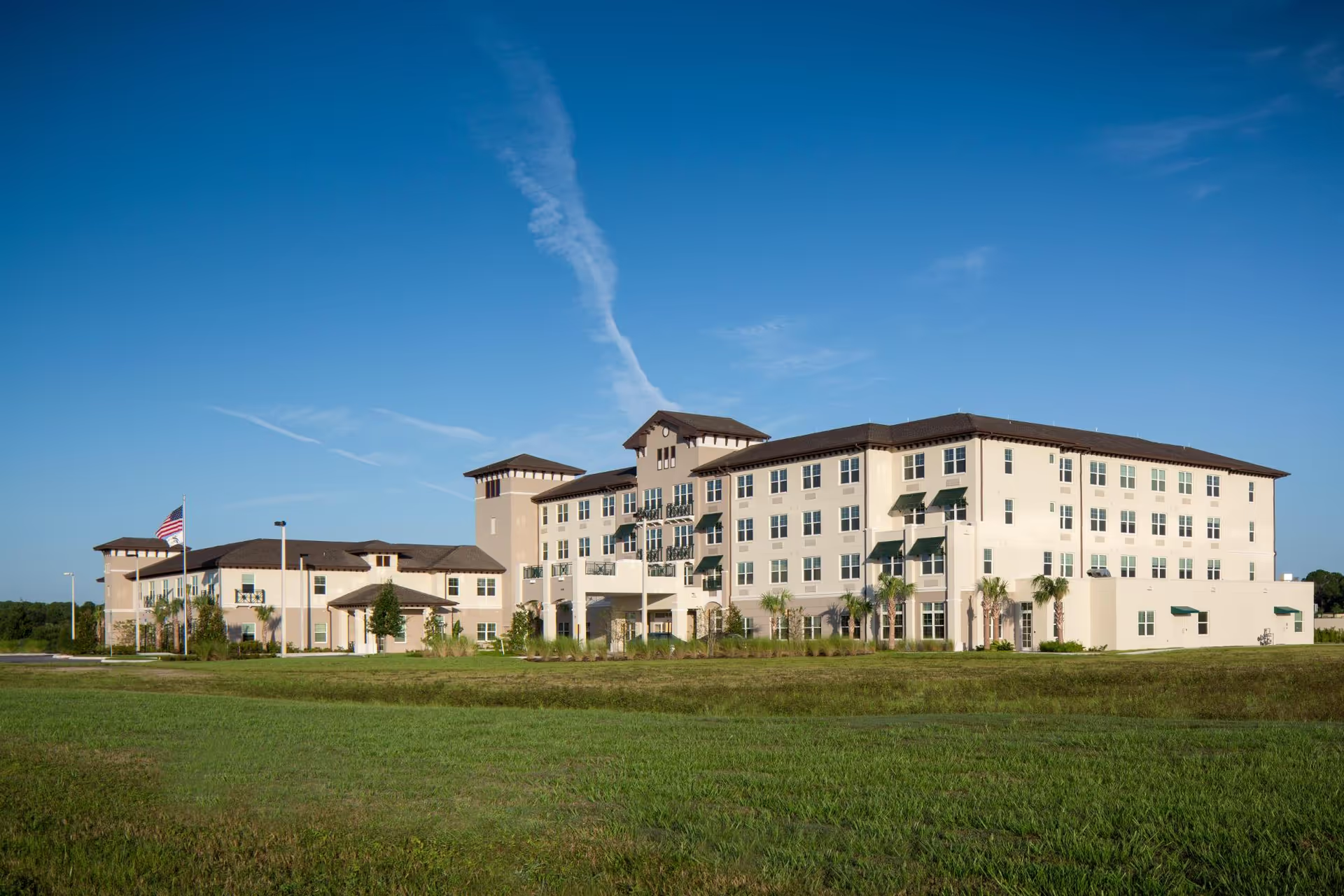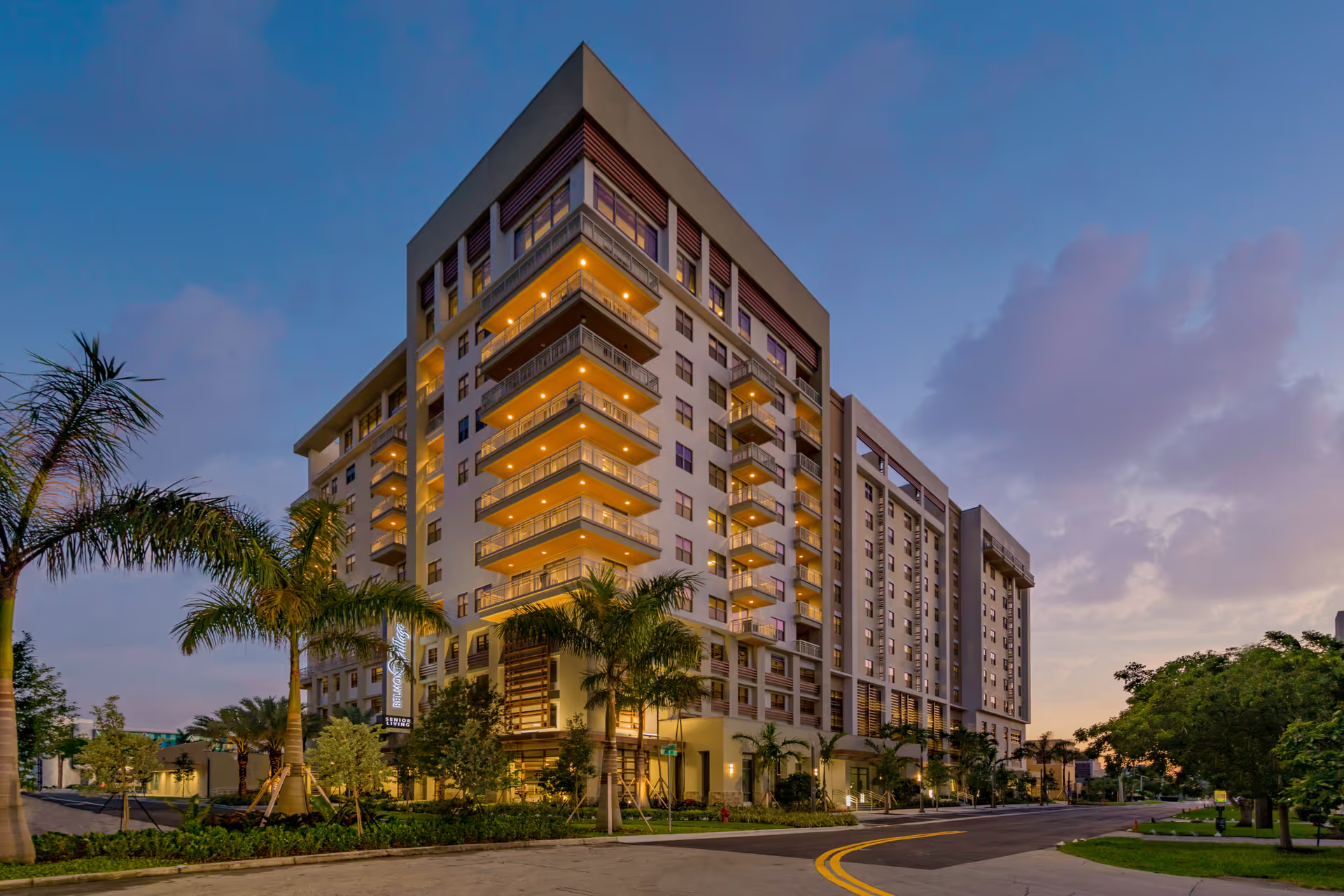Overall sentiment across the reviews for The Palms of Longwood Assisted Living is mixed, with a clear split between families who praise the staff and individualized care and others who report serious administrative, staffing, safety, and facility‑maintenance problems. Many reviewers highlight personable, compassionate caregivers and several named employees and leaders (including director Kim and staff like Shelby, Alex, Pam, Carmen, Rachel) who made a positive difference; these accounts describe a family‑like atmosphere, supportive transition processes, thoughtful inclusion of family in care planning, and visible examples of staff going above and beyond (e.g., Mother’s Day attention, unannounced manager checks, quick emergency responses in some cases).
At the same time, a significant number of reviews raise substantive concerns about care quality and management. Frequent themes include unresponsive or slow staff, chronic understaffing or high turnover, and poor communication from administration — including delays in callbacks and follow‑up. Several reviews allege more serious clinical and safety issues: overmedication with sedatives (specifically Xanax) leading to sedation and sleep problems, restricted family visits and reported isolation of residents, denial of medical information to powers of attorney, and explicit concerns about neglect and potential abuse. A few reviewers reported involvement of police or protective services and legal actions tied to access disputes, which points to notable family‑administration conflicts for some residents.
Facility and amenity conditions are another major area of divergence. Positive comments note clean rooms (particularly on initial visits), a tidy dining room, green views from certain rooms, recreation spaces with large TVs, monthly beautician and podiatrist visits, gardening groups, and basic transportation to appointments. However, many reviewers describe the building as aging, rundown, dark, and in need of renovations; several noted that promised updates (e.g., dining hall renovation) were incomplete. Odors from cigarette smoke and a poorly placed smoking area were repeatedly mentioned. Some reviewers described rooms as outdated, requiring families to furnish them, while others found rooms well kept. These mixed observations suggest uneven maintenance and that conditions can vary by wing, staff shift, or timing of visit.
Dining and activities receive consistently mixed to negative feedback. Multiple reviewers called the food poor or subpar, while others acknowledged three meals a day are provided. Organized activities and outings were described as inconsistent or minimal by several families (some report no outside trips, others report one outing per week), and the activity program appeared insufficient or depressing to some residents. Recreational highlights (bingo, gardening, big TVs) exist but may not reliably occur or meet every resident’s expectations.
Management, communication, and family relations emerge as a recurrent concern. Positive reviews credit an involved manager who does unannounced checks and leadership that is caring and hands‑on. But other reviews describe administration as uncooperative, siding with other family members, restricting contact, denying POA access to medical information, and being slow or dismissive when follow‑up is needed. Several families reported safety or access issues—locked doors, lack of a staffed reception desk or buzz‑in/intercom system, and uninstalled safety equipment—leading to delays in assistance and frustration. These governance inconsistencies may explain why some families report highly positive experiences while others report serious problems.
Financial considerations and perceived value are mixed. Many reviewers consider the facility affordable and appreciate Medicaid/VA support and all‑inclusive service options. At the same time, some families feel the facility is overpriced given the condition and level of care (older/dingy rooms, poor food, inconsistent staffing), and mention concerns about Medicare/financial issues. The requirement that families furnish rooms and the uneven standard of amenities contribute to divergent perceptions of value.
Notable patterns: (1) Staff quality is often the deciding factor in family sentiment—where caregivers are attentive and leadership is engaged, families report positive, peaceful experiences; (2) operational and administrative problems (communication, staffing, access, and incomplete renovations) are frequently cited and correlate with reports of neglect or poor care; (3) serious allegations (overmedication, denial of POA information, restricted visitation, involvement of protective services) appear in a subset of reviews and warrant careful scrutiny by prospective families.
For prospective residents and families considering The Palms of Longwood, reviews recommend heightened due diligence: visit at different times of day and on different days of the week to observe staffing levels and meal service; ask specifically about medication management policies and oversight; request the facility’s incident and complaint logs or licensing reports; clarify visitation policies and documentation access for POAs; confirm the status and schedule of promised renovations; and seek references from current families about responsiveness and staff continuity. The facility demonstrates clear strengths related to caregiving staff and some supportive services, but uneven management, maintenance, and the serious clinical and access concerns raised in multiple reviews mean families should verify current conditions and safeguards before committing.







